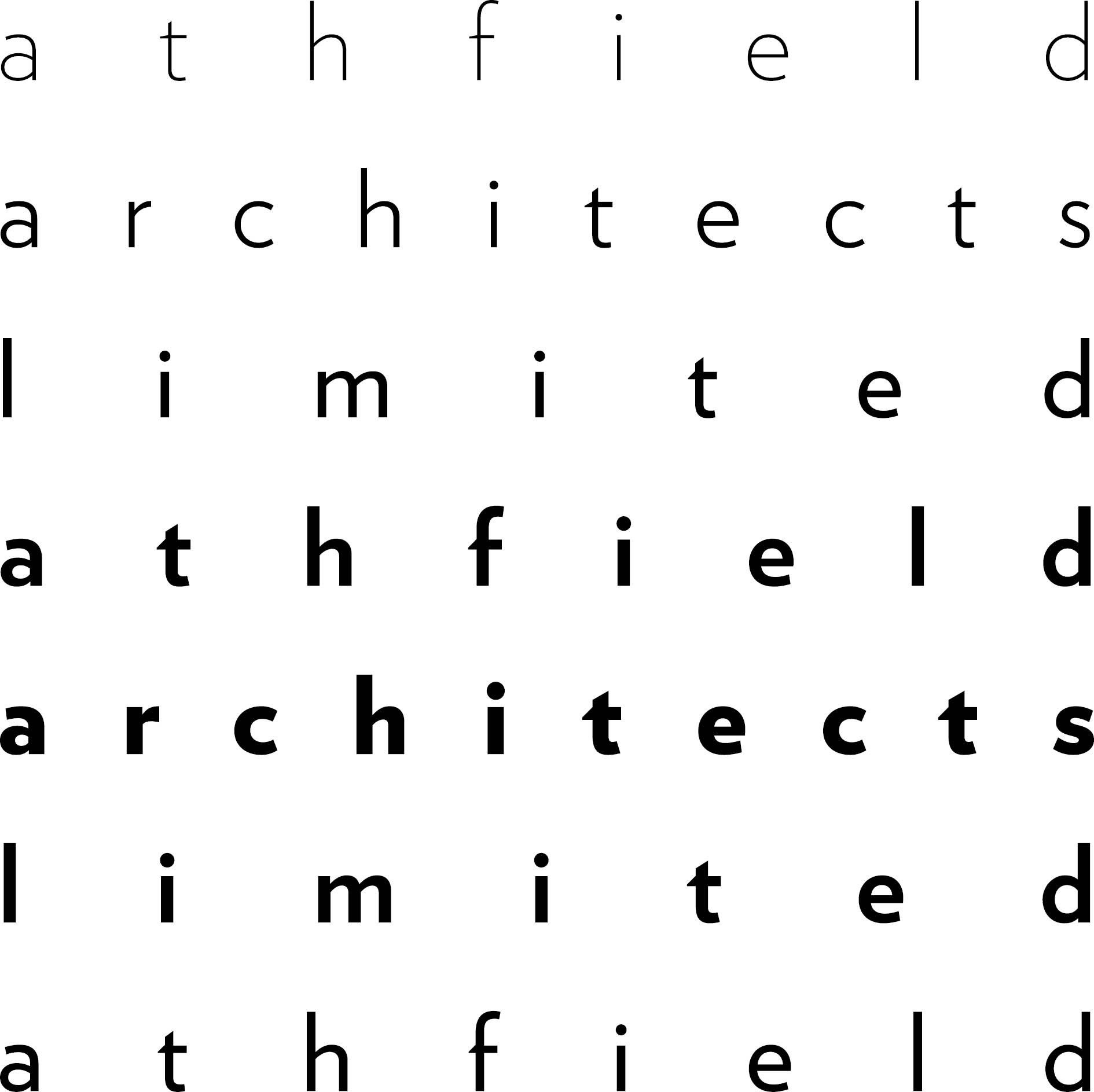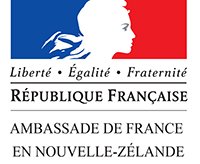Ève Chabanon, Eating Each Other. 2019. Image courtesy of the artist.
We don’t talk, we write. I love her handwriting. She is actually not writing; she is drawing and in this moment I can’t stop smiling at her. I look deep into her eyes, grab her blue notebook, and sink my other hand deep into a bag to find my ‘International Traveler’ copper pencil. It is my turn now.
It feels like these are the first words I have written in months. First words since I arrived in Wellington to be honest. The paper squeaks. When people ask what I am doing, I answer “I write, eh!” I am not really lying. I sit in front of my wheel, looking at the circle in the centre. I set the clay off; I switch on and my eyes turn inside. It is recording. I do not talk, I do write. And what am I writing about? About how we are eating each other.
French artist Ève Chabanon’s research draws from the Antropofagia movement, initiated in 1920’s Brazil by poet and modernist Oswald de Andrade. “Only anthropophagy is uniting us […] Tupi or not Tupi, that is the question”. Referring to ontological perspectives of the Tupi (the largest indigenous group in Brazil), Chabanon launches a poetic and aesthetic investigation into cultural preservation through embodying alternative perspectives and ways of existing.
Instead of adhering to one pacified, collective ‘body’, Chabanon suggests the presence of multiplied subjectivities that are shaped by an openness to the outside. “These subjectivities don’t act as mirrors but as destinations. Connection becomes a journey of resistance across physical and mental boundaries, through exposing oneself to the metaphysics of other beings”. Chabanon finds echos of her current research in Aotearoa New Zealand’s colonial history, the Arts and Crafts movement and intellectual property rights.
This exhibition follows a series of performative dinners and is the first of Chabanon’s two solo exhibitions in Wellington. The first part of Eating Each Other introduces her residency project through handmade ceramics and collaborative elements, framed by the futuristic architecture of Ian Athfield. The second part of the exhibition opens at the Engine Room, Massey University, in September.
SUPPORTED BY THE FRENCH EMBASSY IN NEW ZEALAND
AND ATHFIELD ARCHITECTS
Related Pages

